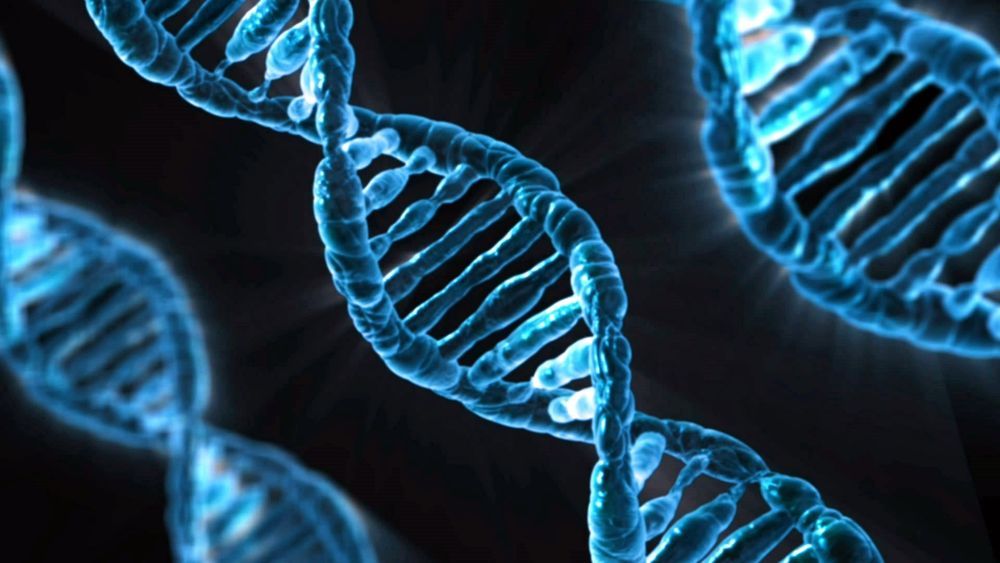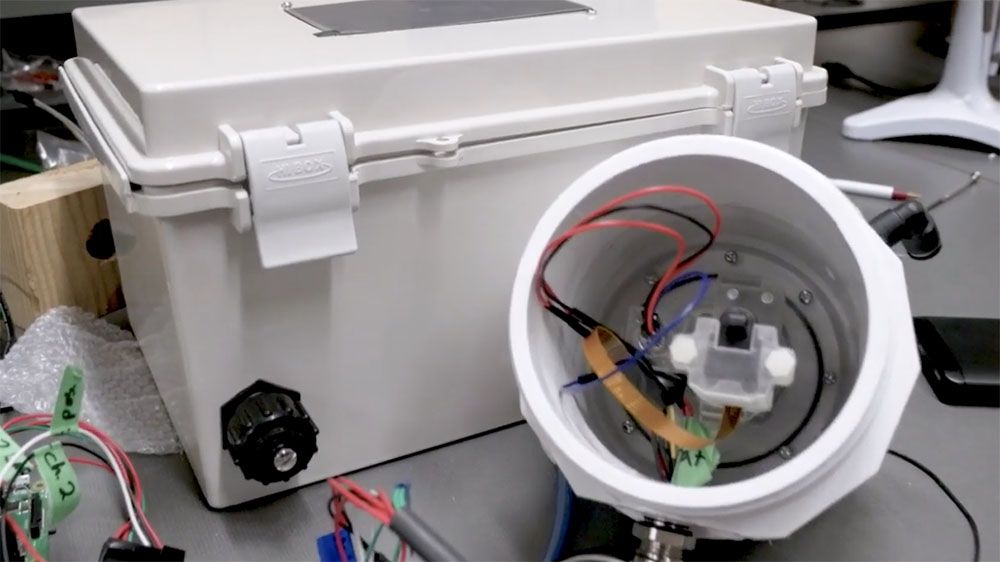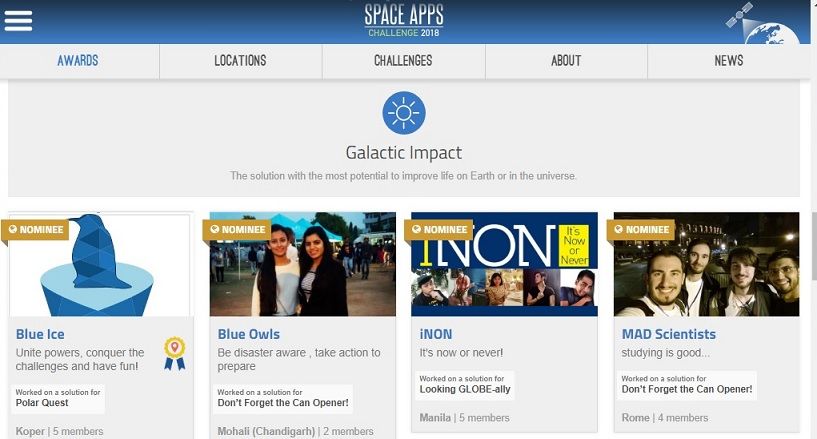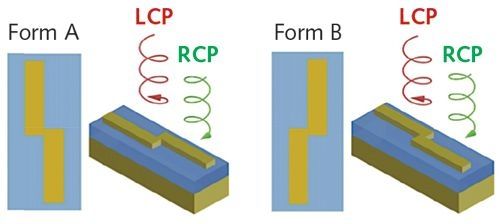Jan 26, 2019
Quantum Theory Bends The Limits of Physics, Showing Two-Way Signaling May Be Possible
Posted by Paul Battista in categories: particle physics, quantum physics
Quantum physics just beat classical physics again.
A single quantum particle can send a two-way signal, scientists have discovered — something that’s impossible in classical physics. That means a particle can essentially send messages to itself thanks to the whacky state of uncertainty known as superposition.
Superposition states that one particle can occupy two positions at once, and that’s how the two-way communication happens.

 Saint Jean Carbon
Saint Jean Carbon















